Once upon a time in America
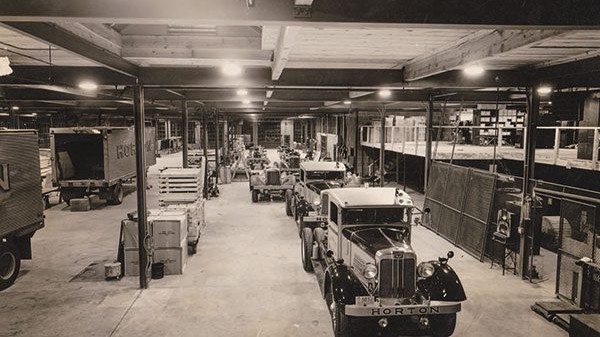
Independent truck manufacturer numbers have dwindled to almost none in modern times. But during the first half of the 20th century, any number of brands were available globally. Perhaps no other market demonstrated this better than North America, which was littered with small truck manufacturers.
The early history of American trucks is fascinating. Before WW2, hundreds of thousands of light- and medium-weight commercial vehicles found buyers on home ground, and many were also shipped to markets abroad. Most arrived in foreign countries in CKD form and assembled locally.
These chassis were often similar to the trucks and buses in the USA but, to minimise shipping costs even further, cabs were sometimes produced by various local coachbuilders. Hence, to the eye, there was a large diversity in models and styles. But they all shared the fact that they incorporated a powerful and durable American chassis married to a sophisticated European cab. A bonus was that they were competitively priced.
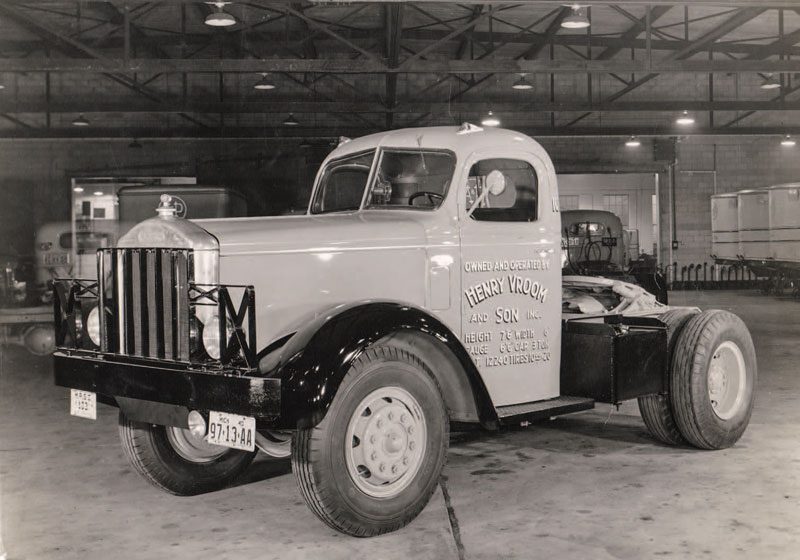
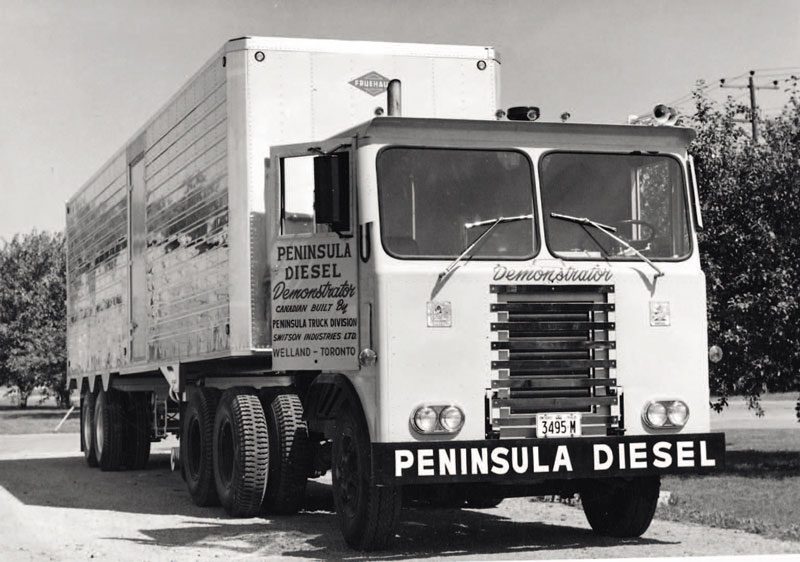
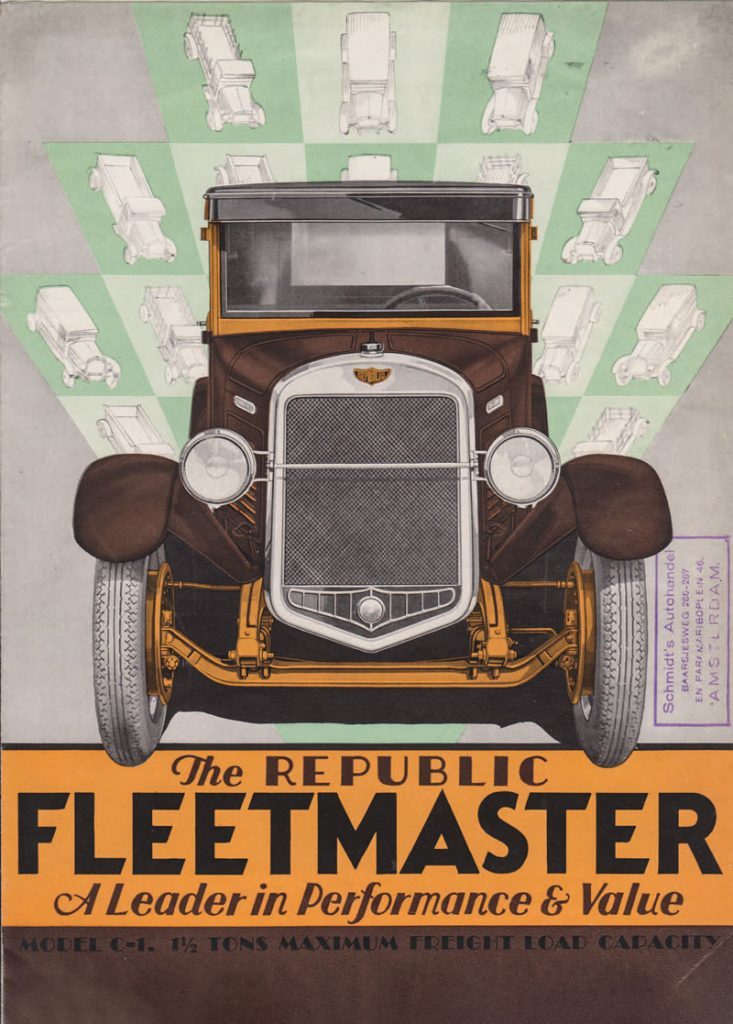
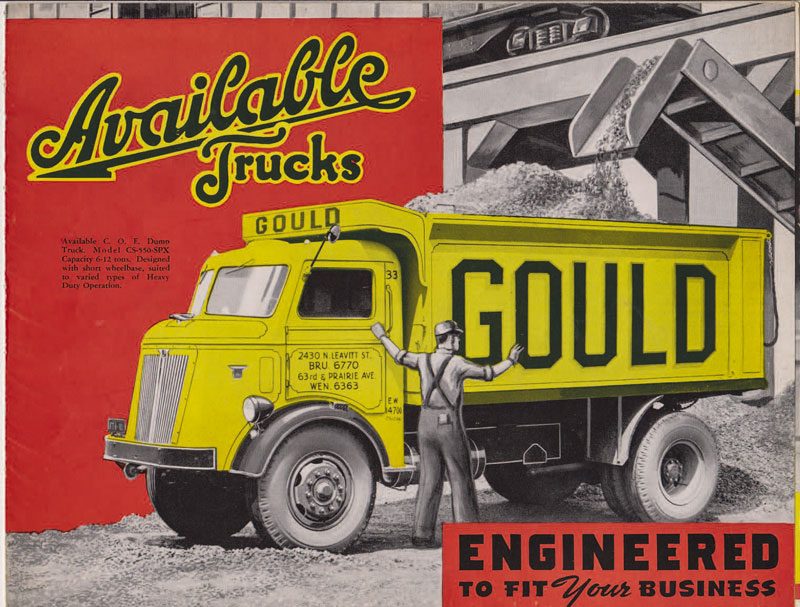
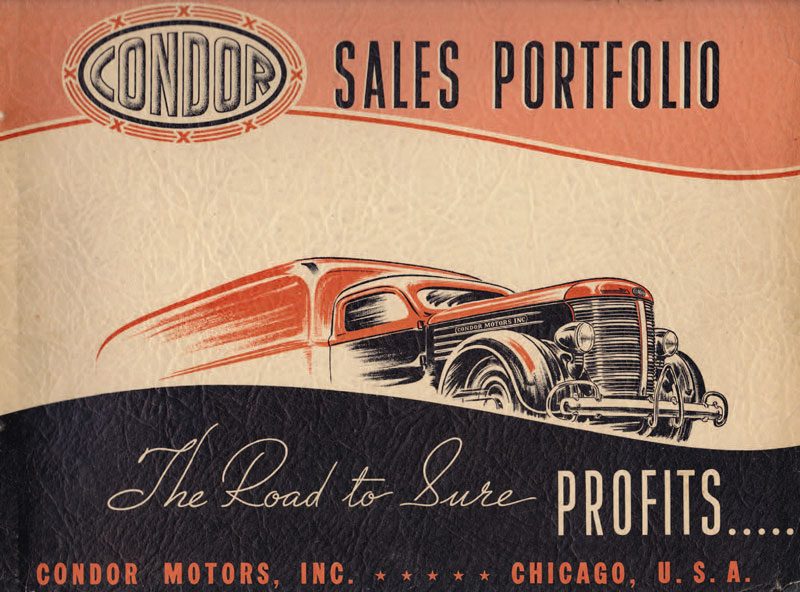
And it was not only the large manufacturers who walked this road. Many smaller American manufacturers were active in the assembly of commercial vehicles abroad. Some were quite successful, but others never really made it work. Unbelievably, no less than 1850 American truck-makers tried to get a foothold in the first half of the past century, but many did not make it further than a few years or, at best, one or two decades.
After the war, only small manufacturers able or willing to design and build heavy trucks for specific needs survived. Several producers did make very tough vehicles but forgot the man behind the wheel; some of the early contraptions were a nightmare to drive. Large-volume producers did a lot better in that area, offering car-like comforts and draught-free steel cabs. But with lower overhead costs due to the absence of big design and production departments, plus their knowledge of what their customers exactly needed, some of the smaller manufacturers became quite successful in certain segments. Where the large- volume makers offered commercial vehicles that were, in style, more or less based on their automobile designs, the smaller-scale firms produced ‘real’ trucks.
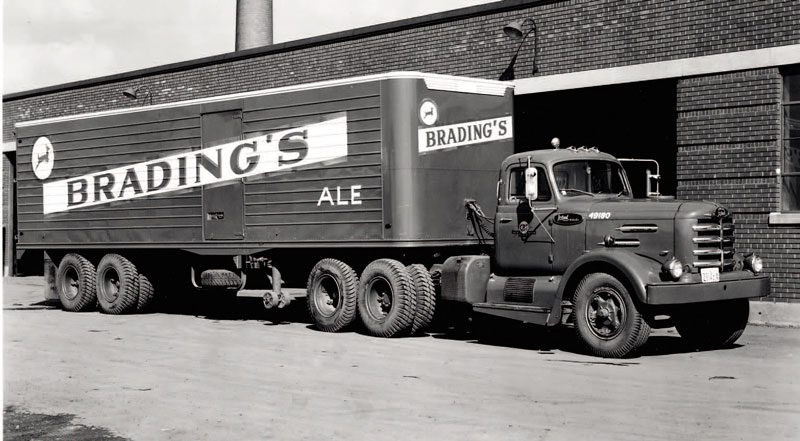
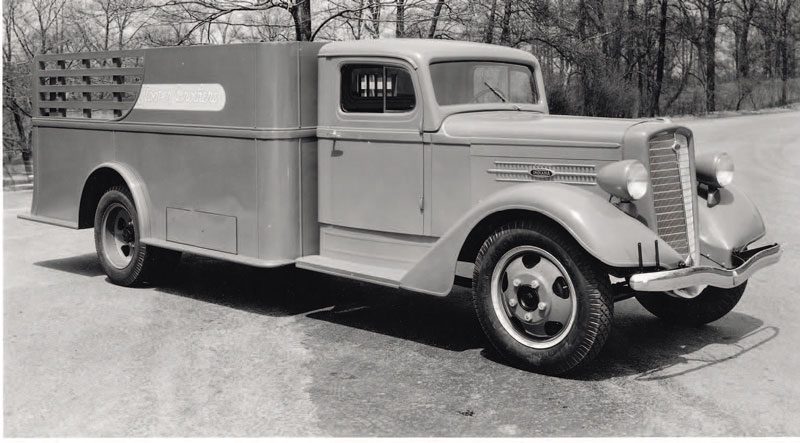
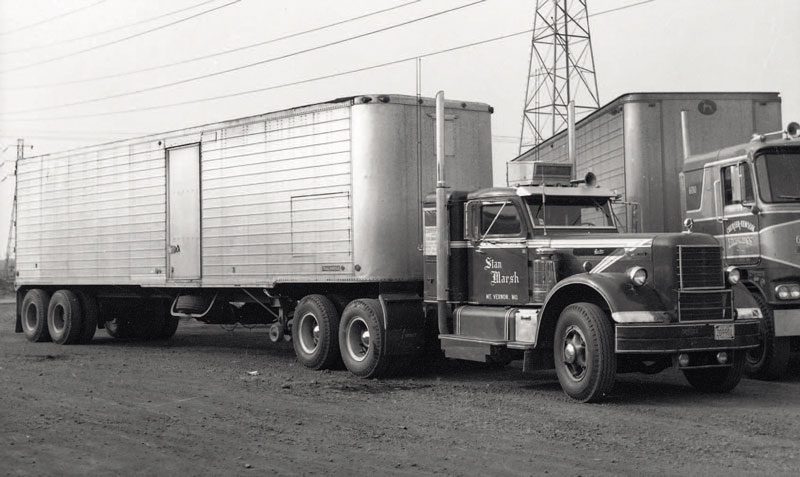
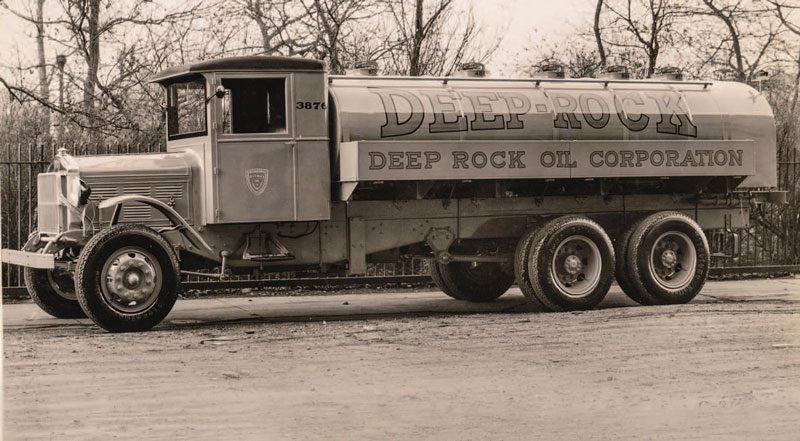
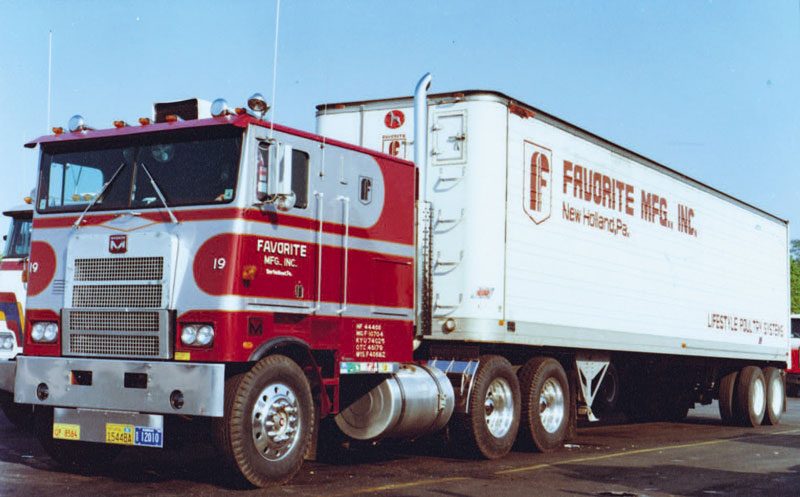
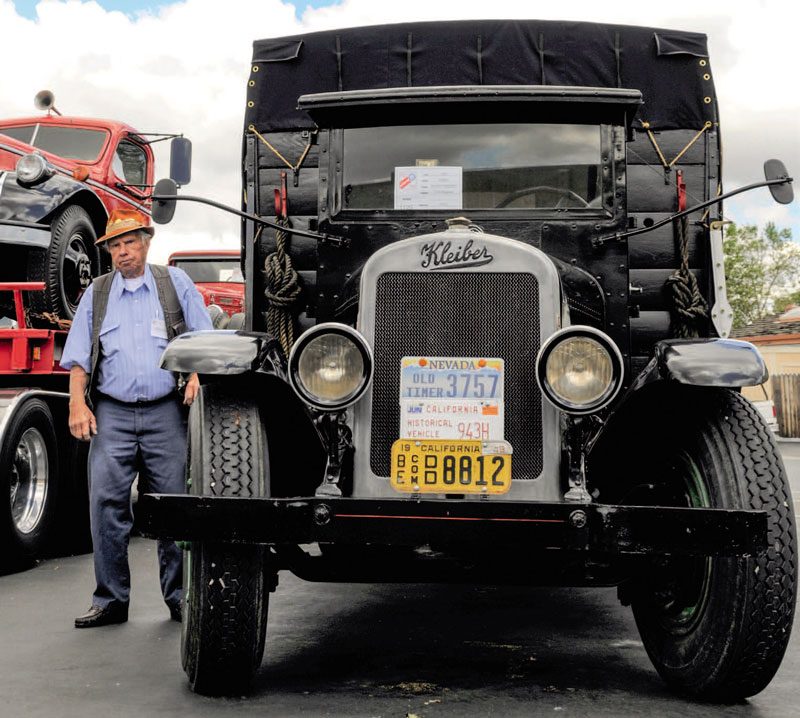
It wasn’t until the 1950s before companies such as Chevrolet, Dodge and Ford started to build genuine heavy trucks. Of course, in the 1920s and 1930s, a four-ton truck was considered ‘heavy’ and a payload capacity between one to three tons was the norm.
Of the 242 different US manufacturers actively building commercial vehicles in 1922, the bulk had disappeared some 20 years later. Many had either just stopped or were taken over by larger concerns. The latter happened notably in the 1950s and 1960s when competition between manufacturers in the heavy- duty segment got fiercer.
The fact that smaller truck-makers lacked a broad range and did not have a sophisticated dealer network limited their sales. Most vehicles sold by them were confined to the area where the factory stood.
Apart from several manufacturers who concentrated on developing and producing specialist vehicles, hardly any of the smaller truck-makers that were active in the past century managed to survive into the 2000s. By the 1960s, virtually all mentioned US truck-makers had disappeared from the market – some after having built high- quality commercial vehicles, often in small numbers, since the early 1920s.

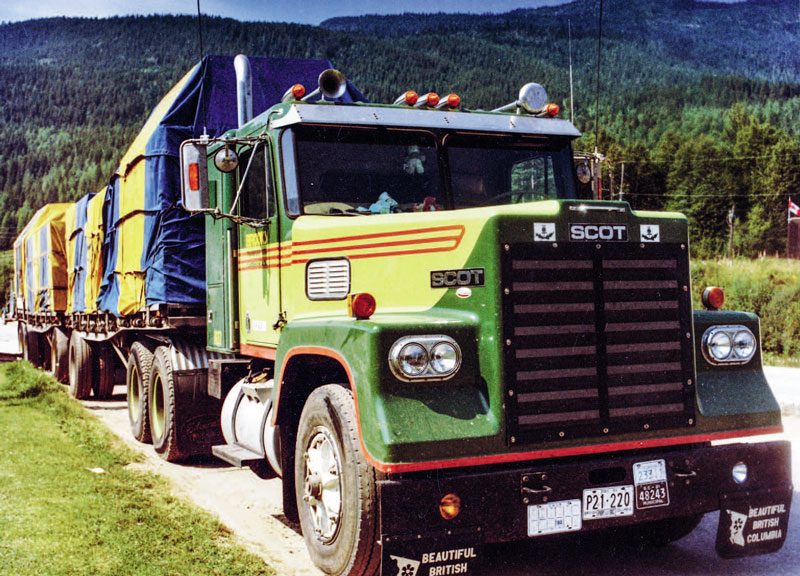
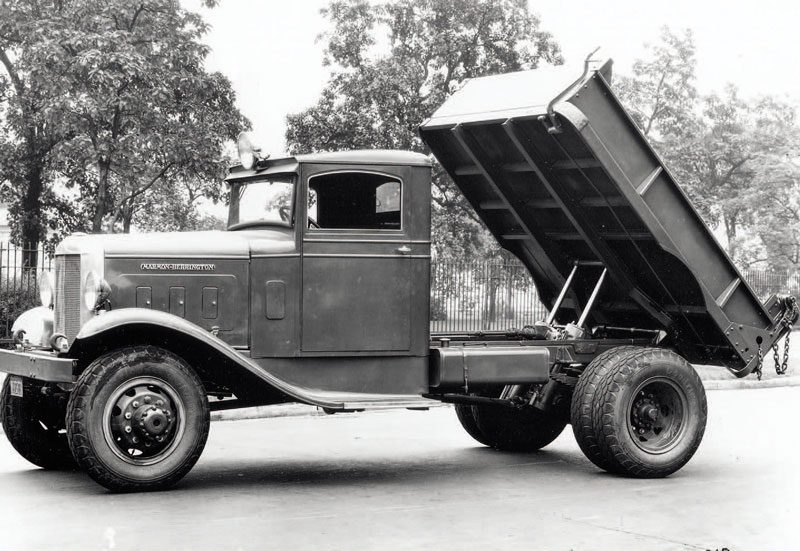
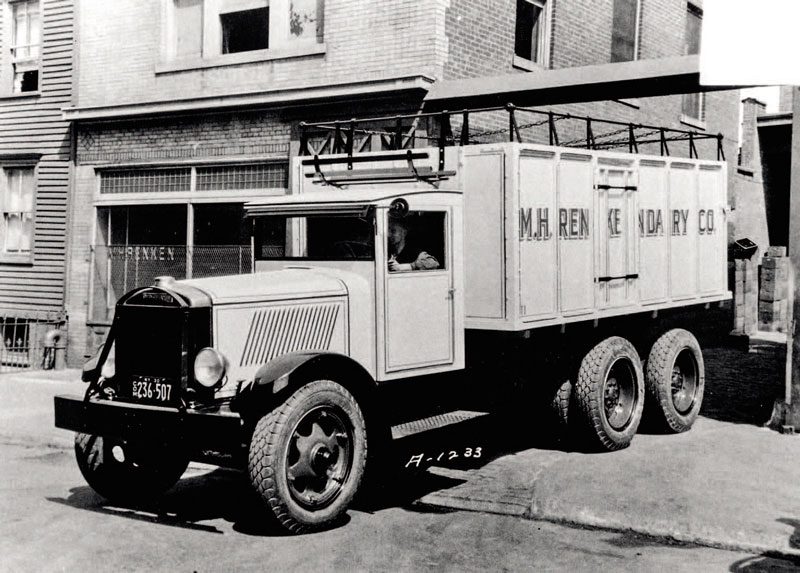
Over the years, well-known brands – such as American LaFrance, Available, Brown, Condor, Corbitt, Gotfredson, Indiana, Kleiber, LeMoon, Maccar, Marmon, Moreland, Pierce-Arrow, Relay, Republic, Selden, Stewart, Willys, and others – disappeared from the market. North of the US border, too, more lesser- known names of highway truck manufacturers came and went over the years, such as Canadian Leyland, Peninsula and Scot.
Unlike passenger cars, the design of heavy trucks did not change much from year to year. Especially not during the last half-century. Yet, manufacturers with a limited production run could not keep up with the big boys who spent millions of dollars in the development of new models. Also, from the 1970s, local and foreign joint ventures and mutual parts sourcing had a significant influence on the design and production of heavy trucks.
Gone were the days of uniquely styled models that had been the hallmark of smaller truck manufacturers. And with that also many famous names died a slow death.
Read more
Winter warriors
0 Comments12 Minutes
From our travels
0 Comments1 Minute
Maximum nostalgia
0 Comments5 Minutes
Meeting Volvo’s VNL
0 Comments13 Minutes





